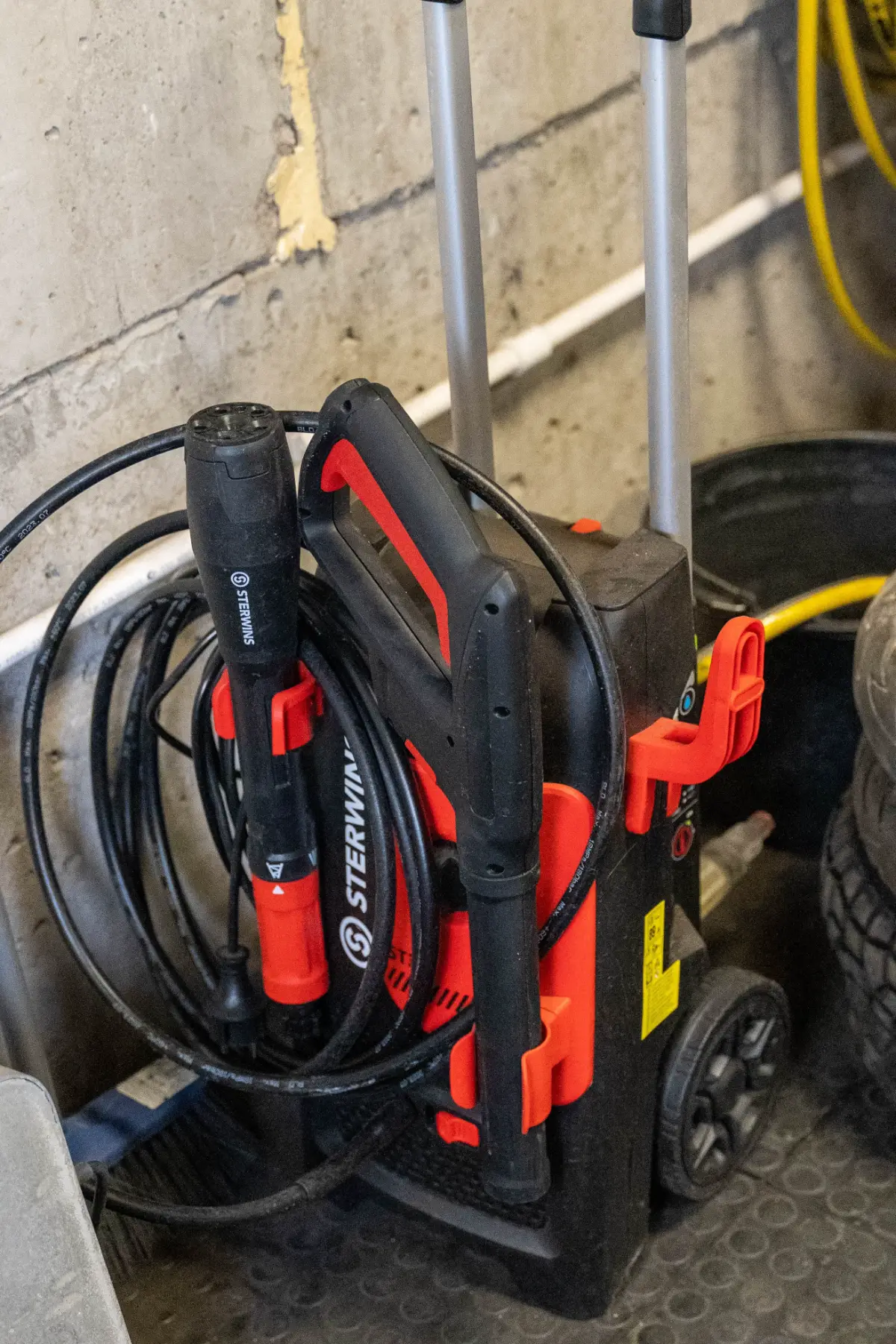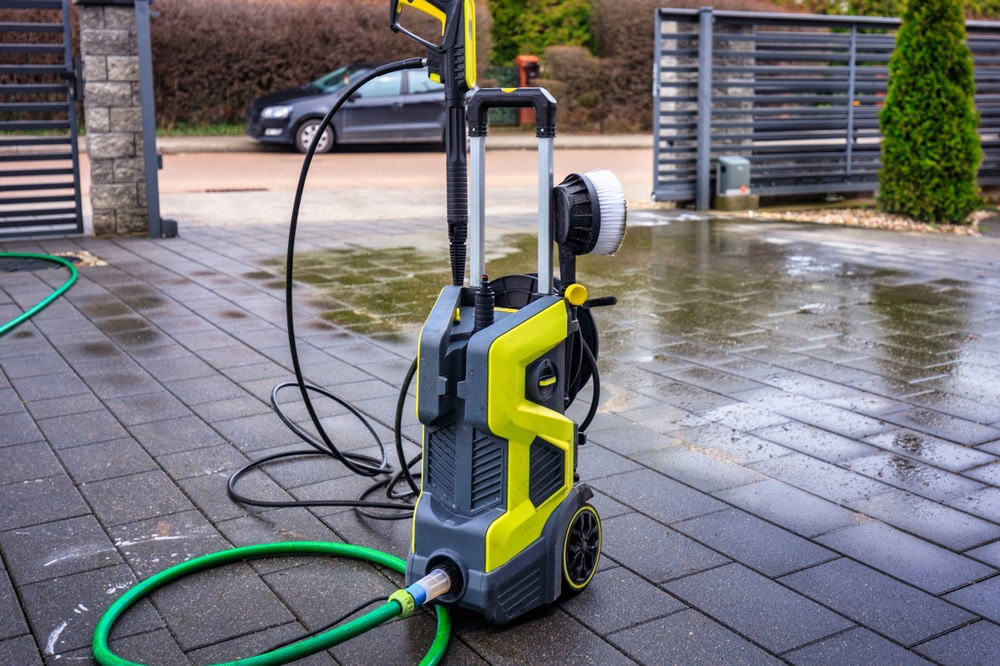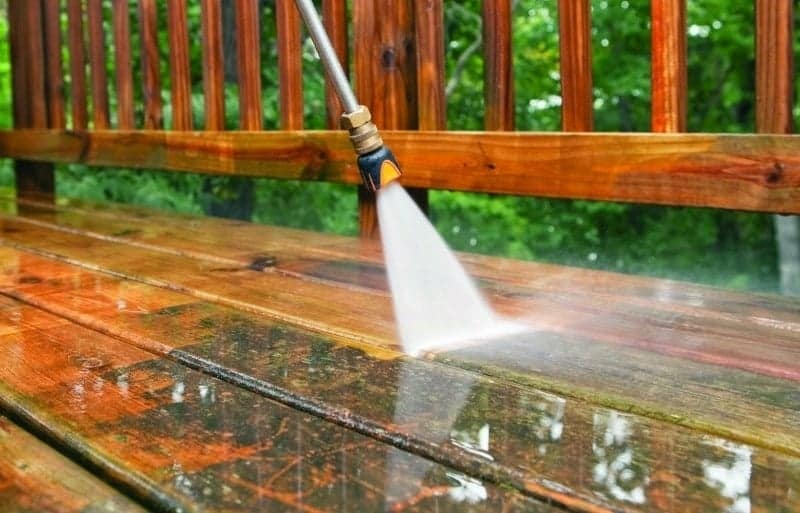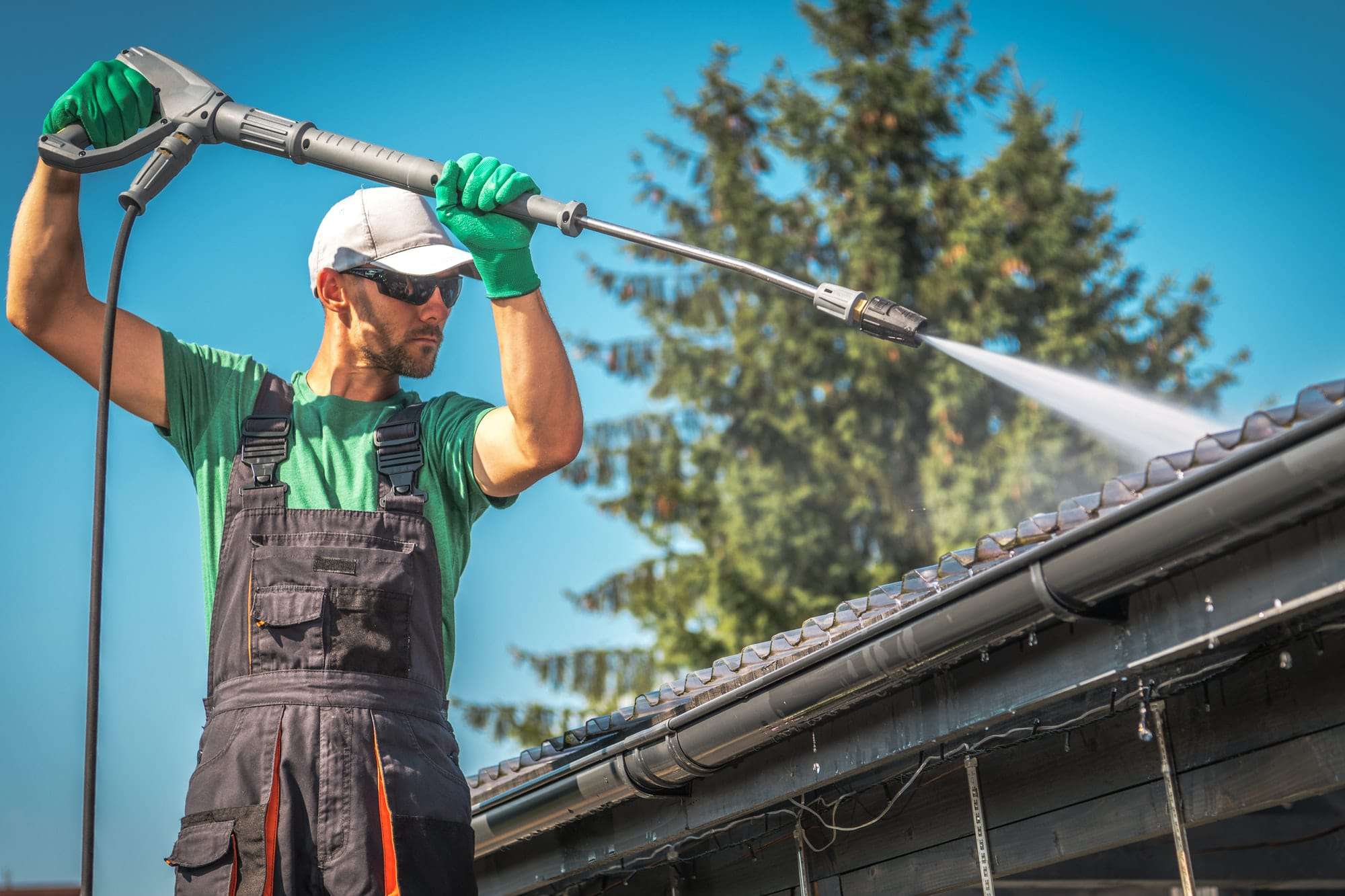Summary:
The Importance of Correct Storage for Your Pressure Washer
Failing to prepare your pressure washer for the off-season can lead to significant repair bills. The primary threat during a Fayette County winter is freezing temperatures. Any water left inside the pump or its intricate network of valves and seals will expand when it freezes. This expansion exerts immense force, easily cracking the pump manifold, which can result in a repair costing upwards of $300. Furthermore, gasoline left in the tank for months breaks down. This process, known as fuel degradation, creates gummy deposits that clog the carburetor and fuel lines. A professional carburetor cleaning can add another $150 to your spring startup costs. Correctly winterizing your equipment for tasks like deck cleaning, patio cleaning, and driveway cleaning is not about tidiness; it’s a direct way to protect your machine’s core components and your wallet.
Preparing Your Pressure Washer for Storage
Your first step is a thorough cleaning of the entire machine. Disconnect the high-pressure hose, spray wand, and any nozzles you used for house washing or commercial pressure washing. Use a damp cloth to wipe down the engine, frame, and wheels. Pay close attention to removing any caked-on dirt or chemical residue left from siding cleaning or roof cleaning jobs. These residues can hold moisture against the metal and plastic surfaces, leading to corrosion and deterioration over the winter months. Clear any debris from the air intake and cooling fins to allow for proper air circulation when you use it next.
Draining Fluids and Protecting Internal Components
Your first step is a thorough cleaning of the entire machine. Disconnect the high-pressure hose, spray wand, and any nozzles you used for house washing or commercial pressure washing. Use a damp cloth to wipe down the engine, frame, and wheels. Pay close attention to removing any caked-on dirt or chemical residue left from siding cleaning or roof cleaning jobs. These residues can hold moisture against the metal and plastic surfaces, leading to corrosion and deterioration over the winter months. Clear any debris from the air intake and cooling fins to allow for proper air circulation when you use it next.
Storing the Pressure Washer in a Safe Location
Where you store the pressure washer matters almost as much as how you prepare it. The ideal location is dry, protected from the elements, and maintains a temperature above freezing. For most homeowners in Fayette County, KY, a garage or a well-sealed shed is the best option. Storing the unit outdoors, even under a porch, exposes it to fluctuating temperatures and moisture that can defeat your preparation efforts. Place the unit on a flat, stable surface where it will not be knocked over. To further shield it, you can place it on a small wooden pallet to keep it off a potentially damp concrete floor. A simple tarp or a fitted equipment cover will keep dust, debris, and moisture away from the engine and pump during its hibernation.
Winterizing Battery-Powered Models
If your pressure washer is battery-powered, the storage process is different but just as important. Leaving a lithium-ion battery in a cold machine for months can permanently reduce its capacity. Before storage, remove the battery from the unit. The best practice is to store the battery indoors, in a location where the temperature remains between 40°F and 80°F. Avoid storing it fully charged or completely empty; a charge level of around 50% is optimal for long-term battery health. Taking this step makes certain your battery holds its charge and is ready to power through fence cleaning and other exterior jobs when spring arrives.
Getting Ready for the Next Cleaning Season
When warmer weather returns, a few quick checks will get your pressure washer back in service. First, visually inspect the high-pressure hose for any cracks, bulges, or abrasions that may have developed. Check the engine oil level and color; if it appears milky, it indicates water contamination and should be changed. Reconnect your hoses and nozzles. Before starting any cleaning projects, fill the fuel tank with fresh gasoline. Start the machine and let it run with just water for a minute to flush out any remaining pump saver solution. This simple recommissioning process allows you to smoothly transition back into your routine, ready to handle patio cleaning and driveway cleaning.
Your Final Checklist for Pressure Washer Storage
Taking about 30 minutes to properly store your pressure washer for the off-season in Fayette County, KY, is a small investment that pays off significantly. By cleaning the unit, managing the fuel, protecting the pump from freezing, and storing it in a dry location, you prevent the most common and costly repairs. You also set yourself up for a hassle-free start to the next cleaning season. For more information about pressure washing methods or our exterior cleaning solutions, contact Lighten Enterprise.





